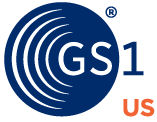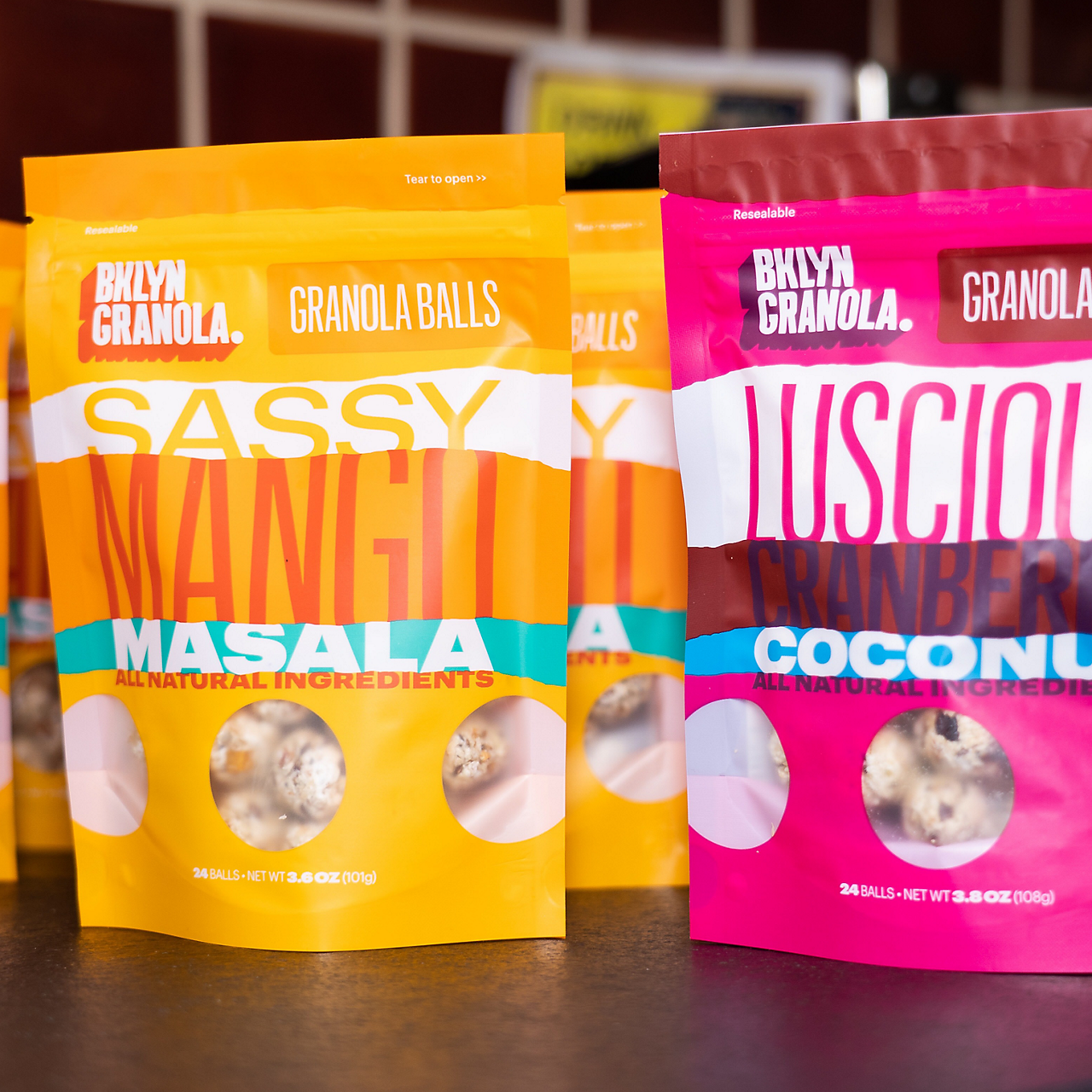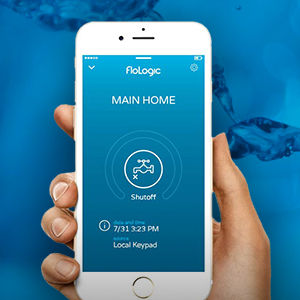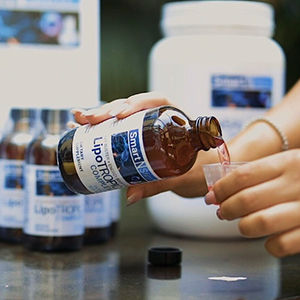-
With a lightweight design and ability to fold into compact spaces, Scout Cart has found several niches beyond retail, including uses in hospitals, hotels, fast food restaurants and more. We spoke with Scout Cart founder, Allison White, about her experiences working with retailers, getting a barcode, and the ups and downs of launching a successful home business.
What inspired you to launch Scout Cart?
Back in 2011, I was frustrated by a back injury and was dreading the grocery shopping that had to be done. I still wanted to cook healthy meals for my family, but grocery shopping annoyed me for a number of reasons. Transferring groceries in and out of the cart seemed inefficient, there is so much waste created by all those plastic bags, and the way we shop can be so unsanitary. I decided to build a personal cart people could use instead of using the store’s carts. My husband thought the idea was sensible and could be profitable. We thought it would work hand-in-glove with self-scan technology being adopted by U.S. grocery stores, too.
What were some of the challenges and successes you experienced early on?
We knew we had a good idea, but one of the challenges was that the design took way longer than it should have. Then it also took time to find a manufacturer that we felt we could work with and we finally found the right one in China. By the time we received our first load of carts, it was June of 2016. So it was a long process and we were funding everything ourselves.
But once we set up our website, we sold 200 carts right away, without any advertising or anything else. They were our early adopters and those people are still using their carts. Then we started selling through a major online marketplace and that really helped us gain exposure. Once you get on to the e-commerce sites, it can open doors to selling through other retailers.
At what point did you realize you’d need a barcode?
Our manufacturer told us you’re going to need a barcode if you want to work with retailers. We came across GS1 US and realized it was the most trusted option. The GS1 US website is easy to use because they walk you through the entire process. Recently, we went out to meet with a large chain of hardware stores and when they asked “Do you have barcodes?” I was able to say “Yes, of course we have barcodes.”
What did you discover about the difference between launching a product and becoming a company?
We found that you've got to create a company, you can't just start selling products. So you become an LLC, you get the bank accounts, you get the barcodes. Then there were Excel sheets and item management. It was a challenge, and if it had been given to me all at once, or if I had known in the beginning, I probably would have said forget it, no way. But, my husband kept reminding me of the old adage, “Do you know how to eat an elephant? One bite at a time!”
What advice do you have for other businesses like yours?
If you’re not really sure, just go for it. All along the way, we were still questioning ourselves, do we go to the next step? Are we sure we want to? Or should we sell our idea to somebody? It feels like a long time until you feel like it’s worth it, but it is a labor of love. I can't explain it, but I just love this product and am excited for where it can go.
Small Business Spotlight
Explore Member Growth Stories
-
JAM Paper
Family owned and operated since 1955, JAM Paper & Envelope offers a wide range of distinctly colorful paper products.
In this publication, the letters “U.P.C.” are used solely as an abbreviation for the “Universal Product Code”, which is a product identification system. They do not refer to the UPC, which is a federally registered certification mark of the International Association of Plumbing and Mechanical Officials (IAPMO) to certify compliance with a Uniform Plumbing Code as authorized by IAPMO.






